Up Next

At the end of the Bahrain Grand Prix, the first car to be the subject of the FIA’s newly-announced “deeper technical checks” of Formula 1 cars will be selected at random for a close inspection.
While this procedure is not unusual in motorsport series, it is new to F1 and has been introduced to augment the FIA’s existing processes.
Extensive post-race legality checks are already conducted across all cars, as well as monitoring by other means, but this will subject one car to additional scrutiny on each race weekend.
Previously, the FIA selecting a specific car or cars for inspection would indicate suspicions of wrongdoing, but this random process is procedural and should not be taken as a suggestion of any concerns.
This means that the rest of the FIA’s activities in terms of legality checks, which also include monitoring of performance in case any irregularities raise suspicions, will not be affected.
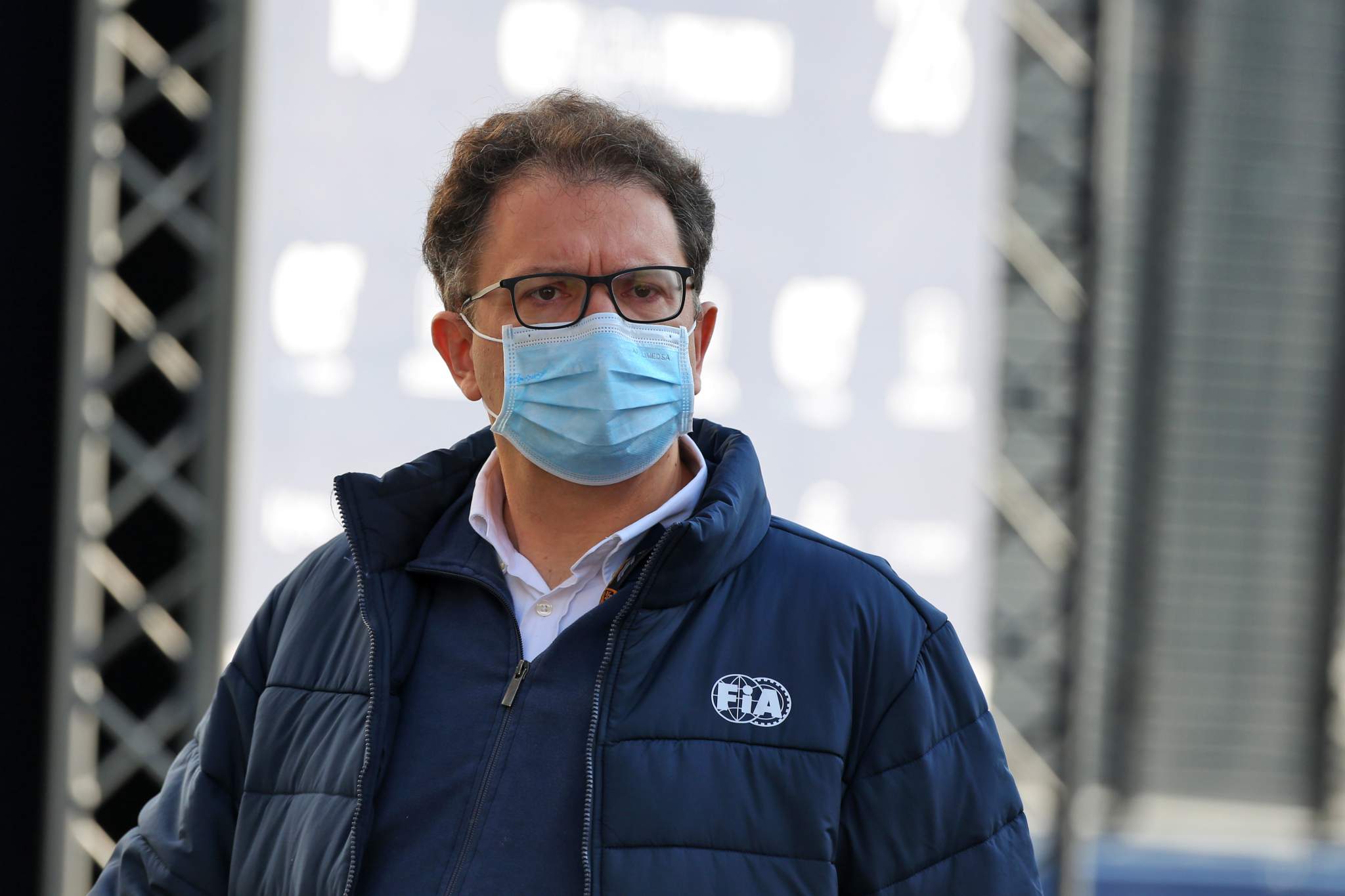
“We have increased our resource a bit in order for us to improve and do things better,” said FIA head of single-seater technical matters Nikolas Tombazis.
“Sometimes, we’ve wanted to do a better job and we haven’t had the resource.
“Yes, we rely still on whistle-blowers, there’s always that mechanism, so everything that has happened in the past is still possible. But we think that’s giving an extra little element.”
This random check therefore adds a layer of scrutiny, as well as a potential avenue for action should something be discovered rather than relying on pre-existing suspicions or a formal protest lodged by a team.
WHY HAS THIS BEEN INTRODUCED?
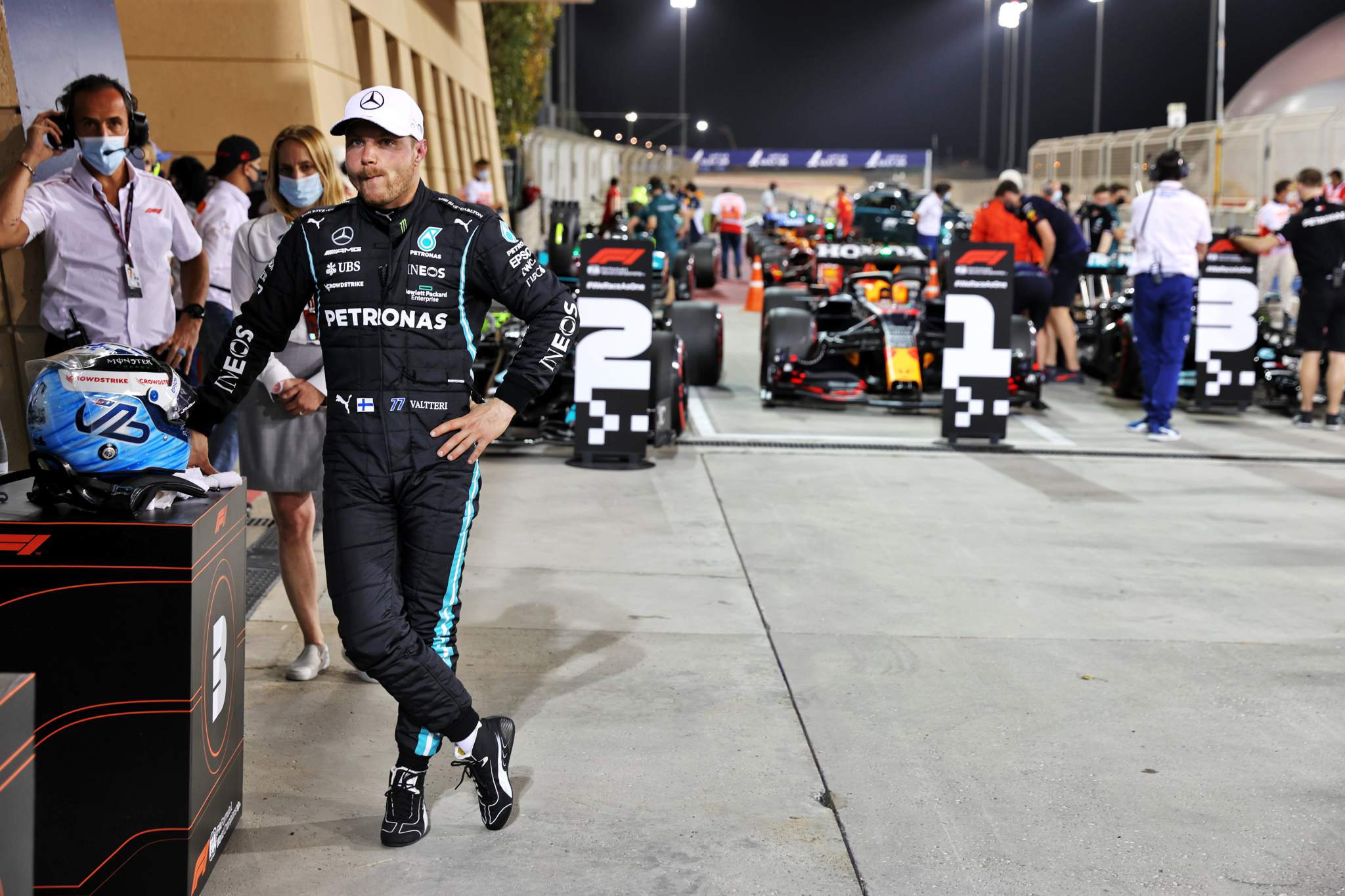
F1 has always been rife with rumour and suspicion, but the complexity of the cars today means significant resource are required to conduct checks to this level of detail. This is why the FIA has formalised the process as well as ensuring it has both the time and personnel available to do execute it.
Relying either on pre-existing suspicions or protests by rival teams to flag potential wrongdoing is not rigorous enough. Hence, a random check, which could hit any team after the race, is the best way to tackle this.
“All teams are deeply suspicious of their competitors, that maybe team X or Y is doing something,” said Tombazis. “I’m sure that on occasion, maybe some things may have happened below our radar.”
“So we don’t have any suspicions, but it’s good practice to start checking the cars a bit more thoroughly. We had to inform the teams in advance [of this being introduced] because there’s a few things that need to be organised in order to do it properly.”
HOW WILL THE CAR BE SELECTED?
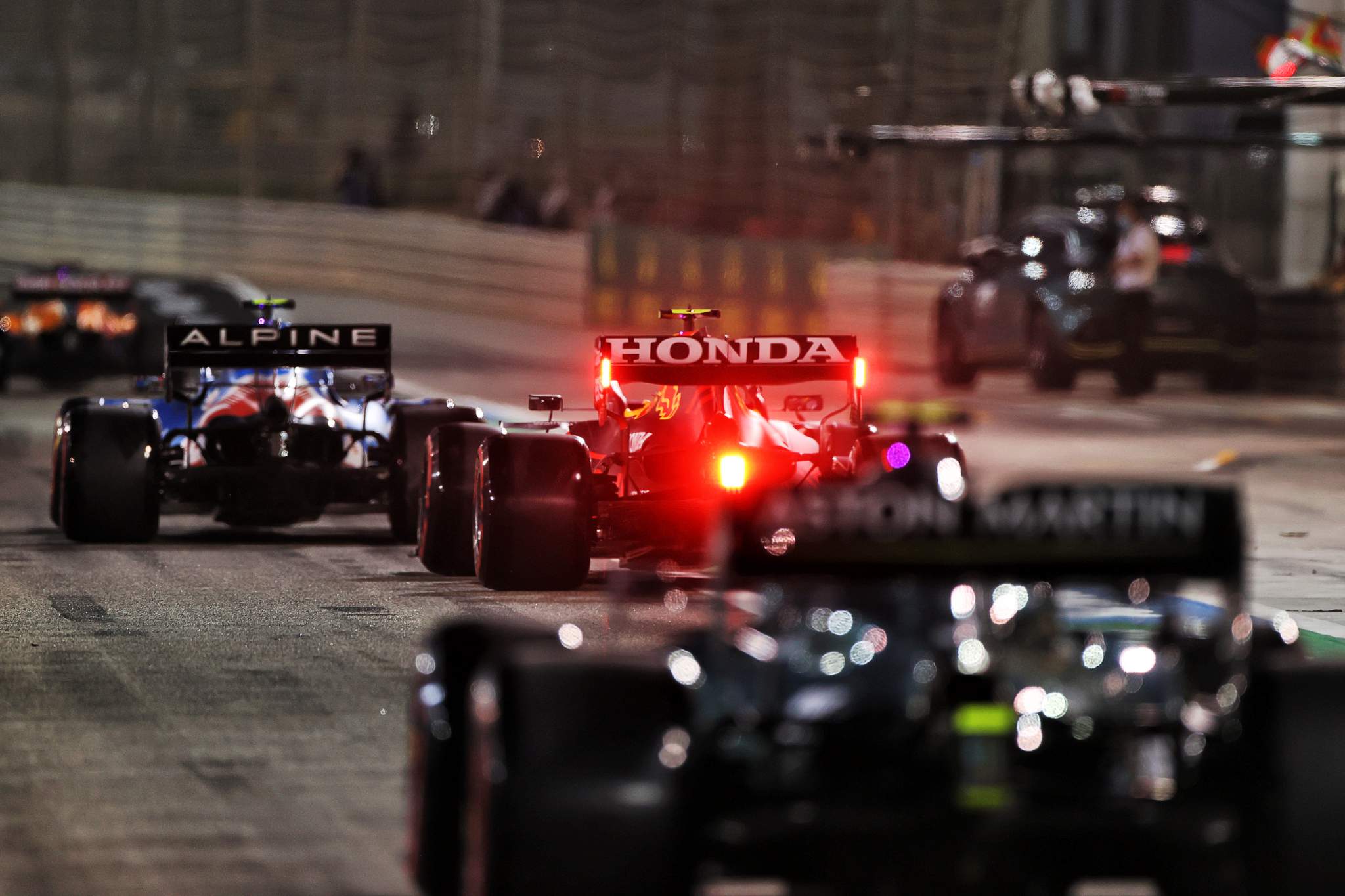
The draw for the car to be checked is random. As Tombazis put it “we will pull numbers out of a hat tomorrow after the race”.
As the FIA is already able to perform extra checks on cars it has suspicions about, there is no reason for it to make the selection non-random. Tombazis stressed teams have been warned of the possibility that they might be selected for consecutive race given it is a random selection.
However, as well as leaving the door open to checking a second car in future, Tombazis did leave the door open to checking a car that, by chance, hasn’t been selected for a long period.
“Occasionally we may select, when we’re a bit more used to it, maybe two cars if necessary,” said Tombazis. “Or, if through the random process we have a car that hasn’t been selected in 15 races, we may still decide to do them.
“But we will have this random aspect so that a car can be checked at any time. Theoretically, the same car could happen five times.”
WHAT HAPPENS TO THE CAR AFTER THE FINISH?
The random selection will take place at the conclusion of the race and the car will return to the team’s garage after the usual post-race checks. There, it will remain under the FIA’s care while the inspection process is completed.
“The car will be selected immediately after the chequered flag and communicated,” said Tombazis. “That car will be fast-tracked through the platform and weighed so that it’s back to the team’s garage as soon as possible.
“There are two or three people from the FIA there to start with, and the teams will have to follow a step-by-step process. The FIA people will finish the [normal] post-race [inspections] and join them. We will start with two or three and end up with five or six people there.”
WHO WILL DO THE WORK?
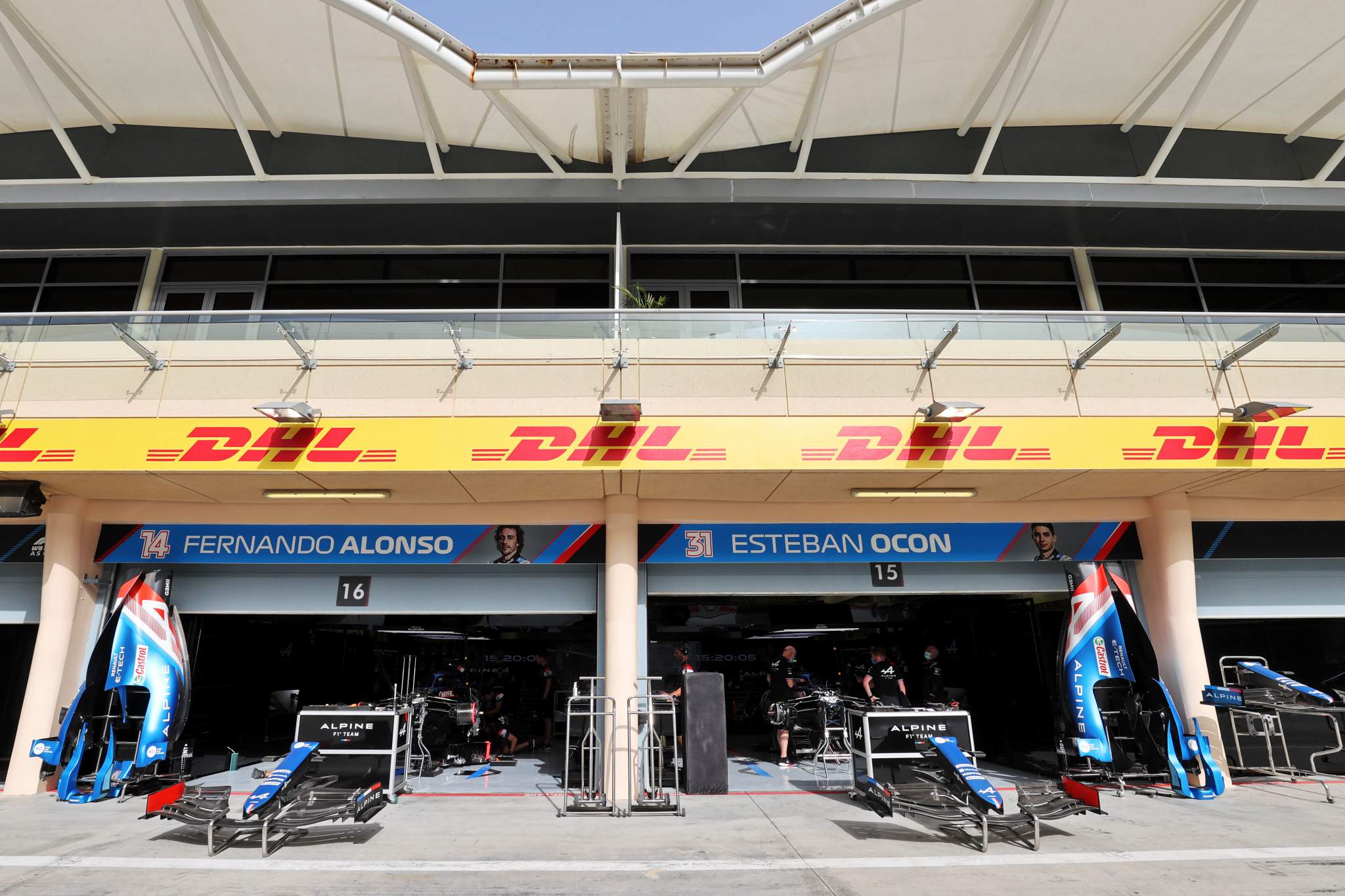
Given the specialised nature of the cars and the tools required, personnel from the F1 team whose car is selected will perform the work under the direction of personnel from the FIA technical department, which has increased in size by three people this year.
“We don’t have the knowledge, although we have at least two people in our team who are past senior mechanics and we’ve done that in order to have this higher level of familiarity of the car,” said Tombazis.
“Cars are fairly specialised now, you can’t just start going there and dismantle. It will be people under instructions. If you are not careful, it will be in a million pieces before you know it so we will need to have a slightly more systematic way.”
HOW LONG WILL IT TAKE?
There’s no set time limit for the inspection, although the FIA is conscious of the need for teams to pack the car and equipment away in time to meet freight schedules.
As well as giving all teams advance warning that such inspections will now be routine, the FIA has also requested logistics information to ensure what is reasonable in terms of the timescale for the work. Tombazis stresses the intention is to apply “common sense”, but the intention is to take however long is needed to complete the inspection.
HOW THOROUGH WILL THE INSPECTION BE?
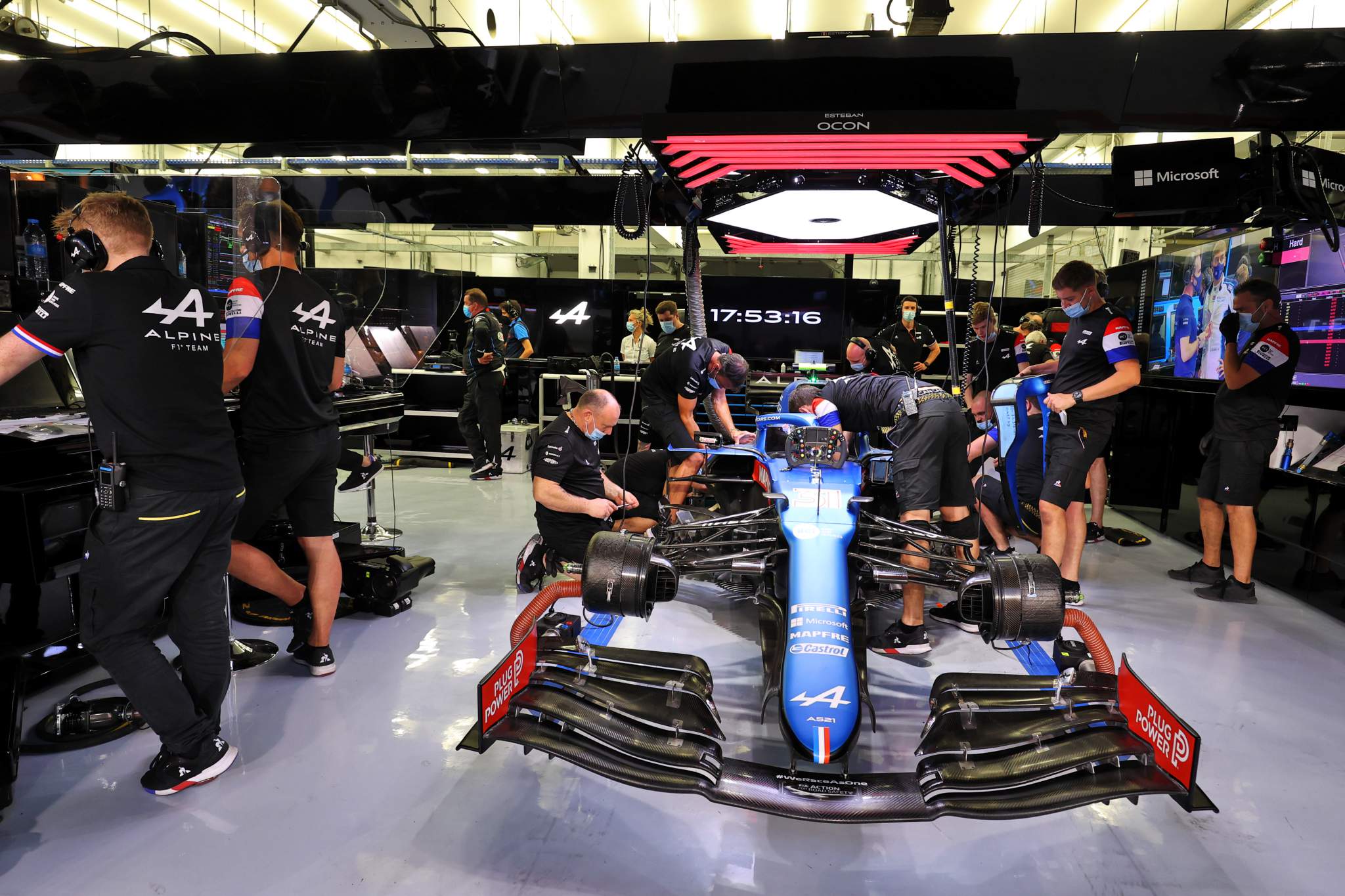
As stripping down the entire car is a lengthy process, the FIA has come up with 20 different areas that can be checked. According to Tombazis, “two or three” of these aspects will be focused on each time – although this could be increased in the future.
The FIA has already decided on which aspects of the car will be examined after tomorrow’s race, but this information is not made available to the teams.
These aspects will fall outside of the regular checks on aspects such as front-wing flexibility that are already tested. The inspection will be thorough, although components will not necessarily be stripped down “to the last nut and bolt”.
As part of the process, teams will have to make available any required support at their headquarters, for example if the CAD drawings of certain components need to be accessed.
The team in question will also have to confirm if its car is running in the same specification in the areas being checked. This means if there are any irregularities then any case that is presented to the stewards would apply to both cars. Tombazis describes this as a “stronger deterrent”.
The team’s other car can also be inspected if required.
WILL EVERYTHING BE DONE ON SITE?
While the majority of the inspection will be completed at the circuit, if there are parts that need to be disassembled that cannot be done on site, they will be checked outside of the event.
Much of the car is accessible by the personnel at the track, but some components are sealed units that there would be no need to access at the circuit. If specialised tools and personnel are required, this can be done elsewhere under the FIA’s supervision.
WILL COST-CAP CHECKS BE INVOLVED?
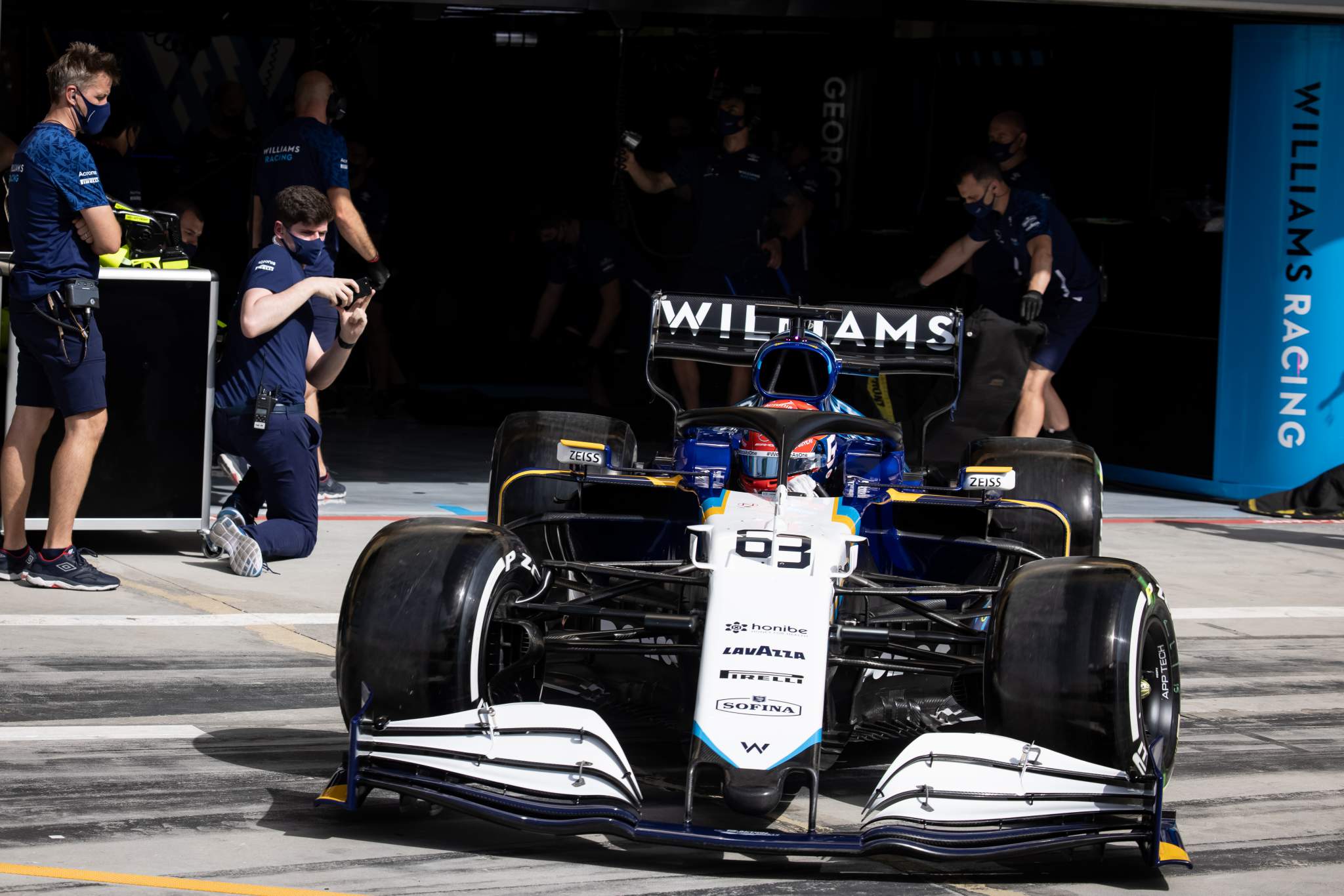
Given the cost cap covers all of the parts of an F1 car, teams have to log the components in its inventory and this inspection can allow some of these to be checked. But this is not the primary motivation for its introduction.
“We would be doing this work anyway, unrelated to the cost cap,” said Tombazis. “The teams have to declare in their cost cap the inventory they use. A car has 15,000 pieces on it and we can’t check 15,000 pieces. But we can check 50 random components are on the list and keep them honest in that way.
“So there’s an element of cost-cap related check, but the primary focus is a technical check.”
WHAT HAPPENS IF AN IRREGULARITY IS FOUND?
If an irregularity is discovered, FIA technical delegate will submit a report to the stewards, which could trigger an official investigation. If the stewards then find a car to be illegal, then the appropriate penalty will be issued.
As part of this process, any relevant evidence can be impounded and sealed to facilitate the investigation.




